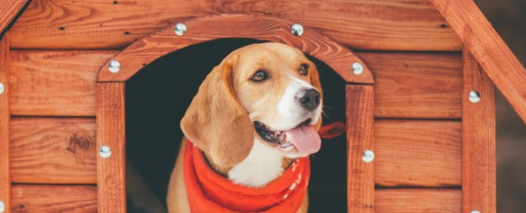
Kennels & Containment
Our selection of dog kennels and dog pens offer the ideal home for your pet, indoors and out! Available in a range of sizes to suit different breeds, your pet is sure to love their new home.
Turning a crate into a cosy den for your dog
Crates are a great item to have for your new dog, it gives them a quiet and secure place to relax that doubles as a valuable house-training tool for puppies. Similarly, a kennel can be a great place for your pet to snooze in when they’re outdoors in your garden.
Why are crates good to have?
Many might think it’s a bit mean to place their dog in a crate but it actually provides them with somewhere that they can truly call their own. If you don’t provide them with a space that’s entirely theirs, they’ll likely find somewhere else in your home to curl up and relax in, such as under tables, chairs or other awkward spots.
Most crates help your dog to feel contained and safe while allowing them to see what’s going on around them- just like a baby can when they’re placed in a playpen. You should make them as cosy as possible and never use a crate as a form of punishment.
What are crates used for?
As well as providing a safe haven for your pup that’s similar to a den, crates can also be helpful for house training your dog. They can aid in teaching them to control their toilet habits as they’ll instinctively want to keep their new den clean.
![[object Object]](https://i1.adis.ws/i/petsathome/close_up_of_dog_in_crate.jpg?qlt=50&w=400)
Crates also help deter your dog from excessively chewing items around your home and help reduce barking as they’ll come to associate being inside the crate with being relaxed and calm. They’re especially good to have if you have to leave your dog alone for a few hours and don’t want them destroying the furniture out of boredom!
What size crate or kennel do you need for your dog?
You should make sure that the one you choose for your dog is large enough for them to sit down, stand up and turn around in as well as lie down and stretch out comfortably.
If you’re getting a crate for a new pup, it’s worth remembering that they’ll likely grow quite a bit and fairly quickly. It’s best to get one that’s slightly larger than necessary or just be prepared to replace it when they outgrow it.
What should your crate or kennel be made of?

Most crates are made of metal with a plastic bottom but they can also have three plastic sides and a metal door. Some are even collapsible so you can easily take them in the car with you if needed. Most importantly, your crate should have plenty of ventilation and visibility to keep your dog healthy and content.
How to turn your dog’s crate into a den
To make your new dog really appreciate and love their crate, you’ll want to make it as homely and comfy as possible.
Bedding– Add plenty of soft and comfy bedding for them to lie down and sit on.
Toys– These not only help keep your dog entertained but they can also provide them with comfort and something to chew on. They should be pet-safe toys that are not likely to make them choke.
Water– If you’re leaving them in a crate for more than a few minutes, it’s worth buying a water bowl that you can clip on to the inside of the crate to prevent spillages.
Cover- More nervous dogs might appreciate you placing a cover over part of their crate to make it feel more cosy and secluded.
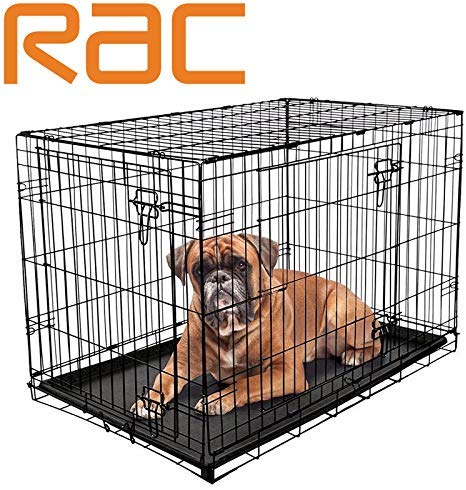
Crate with Plastic Tray
RAC
£30.00
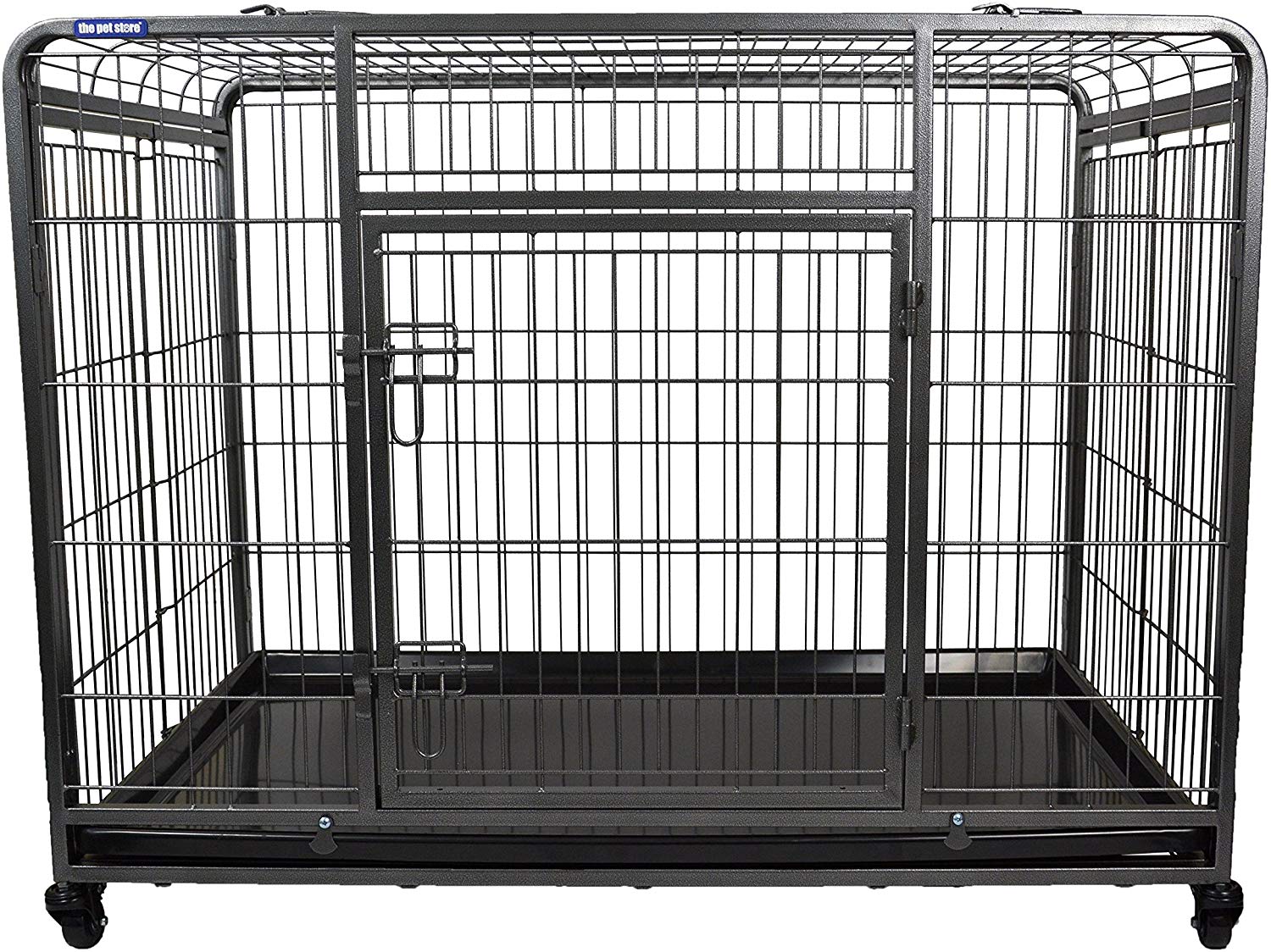
Dog Crate with Lockable
Pet Store
£123.47
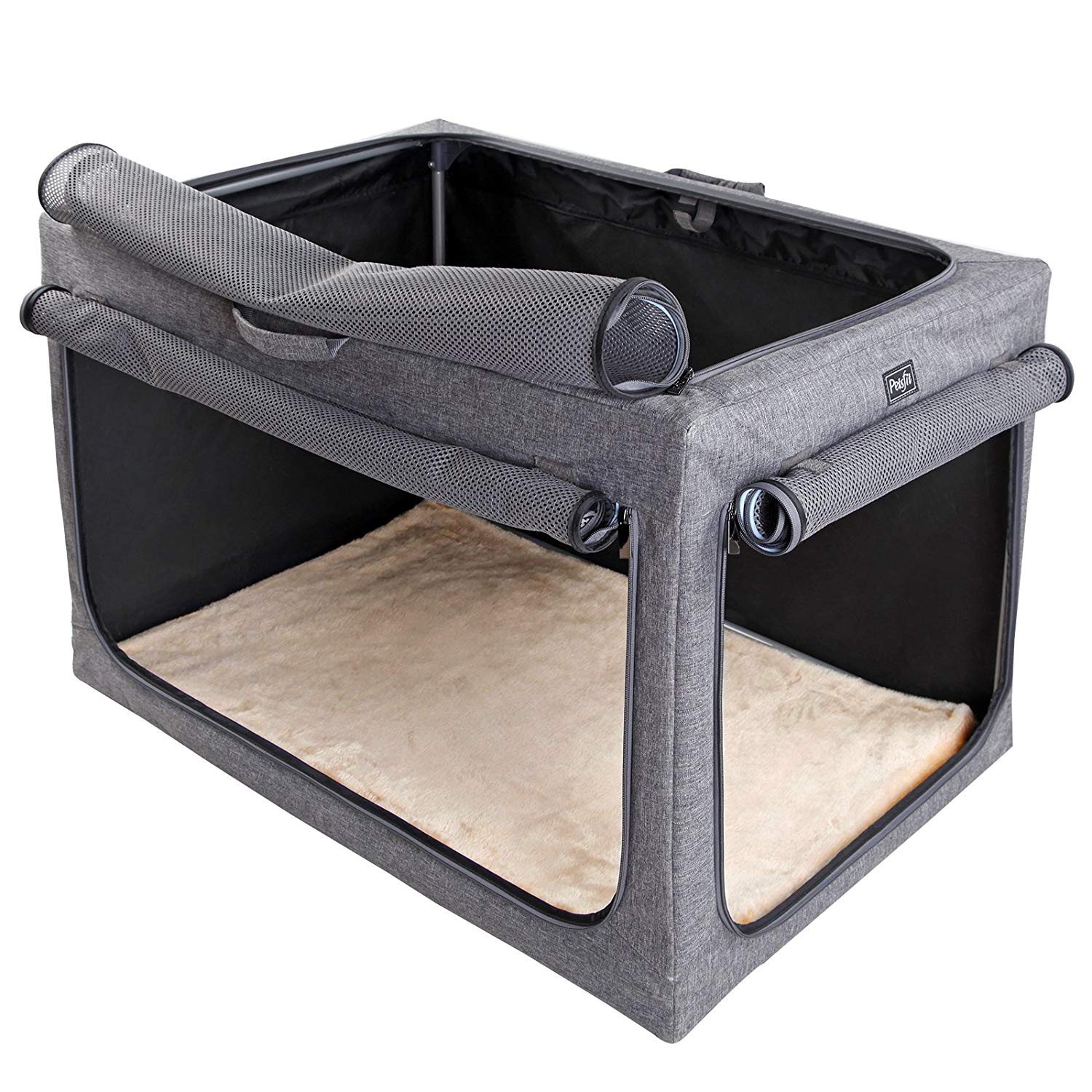
Soft Fabric Dog Crate
Petsfit
£65.99
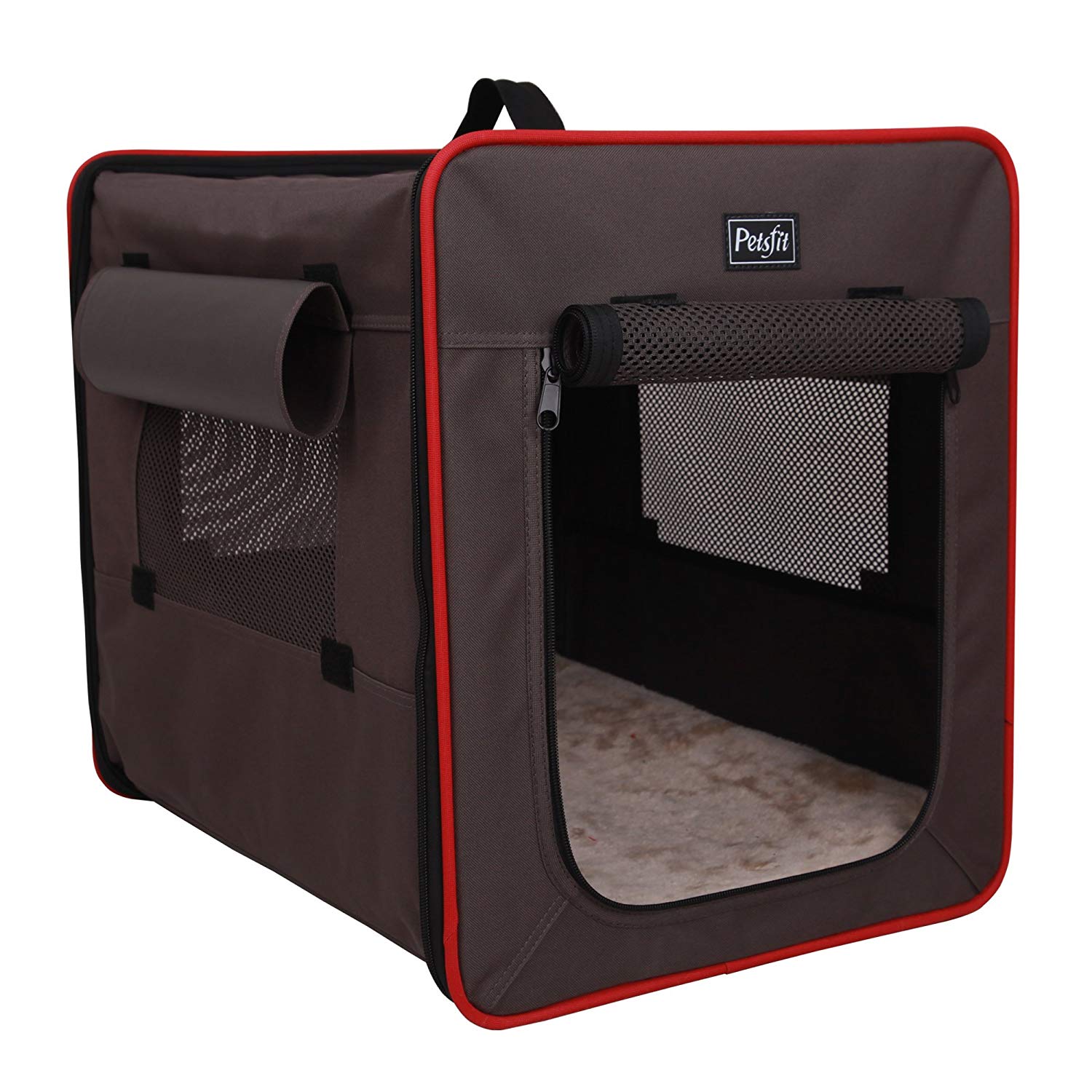
Lightweight Foldable Crate
Petsfit
£70.00
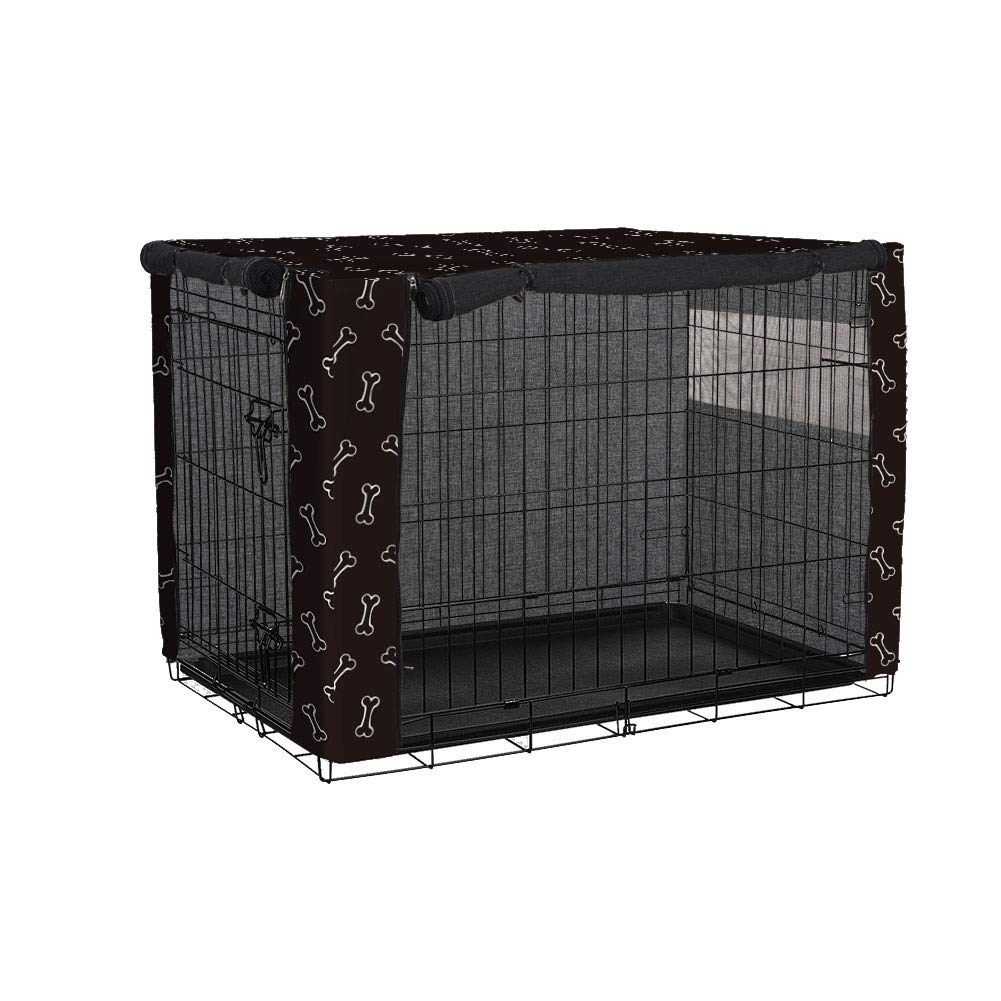
Durable Dog Crate Cover
TUYU
£21.99
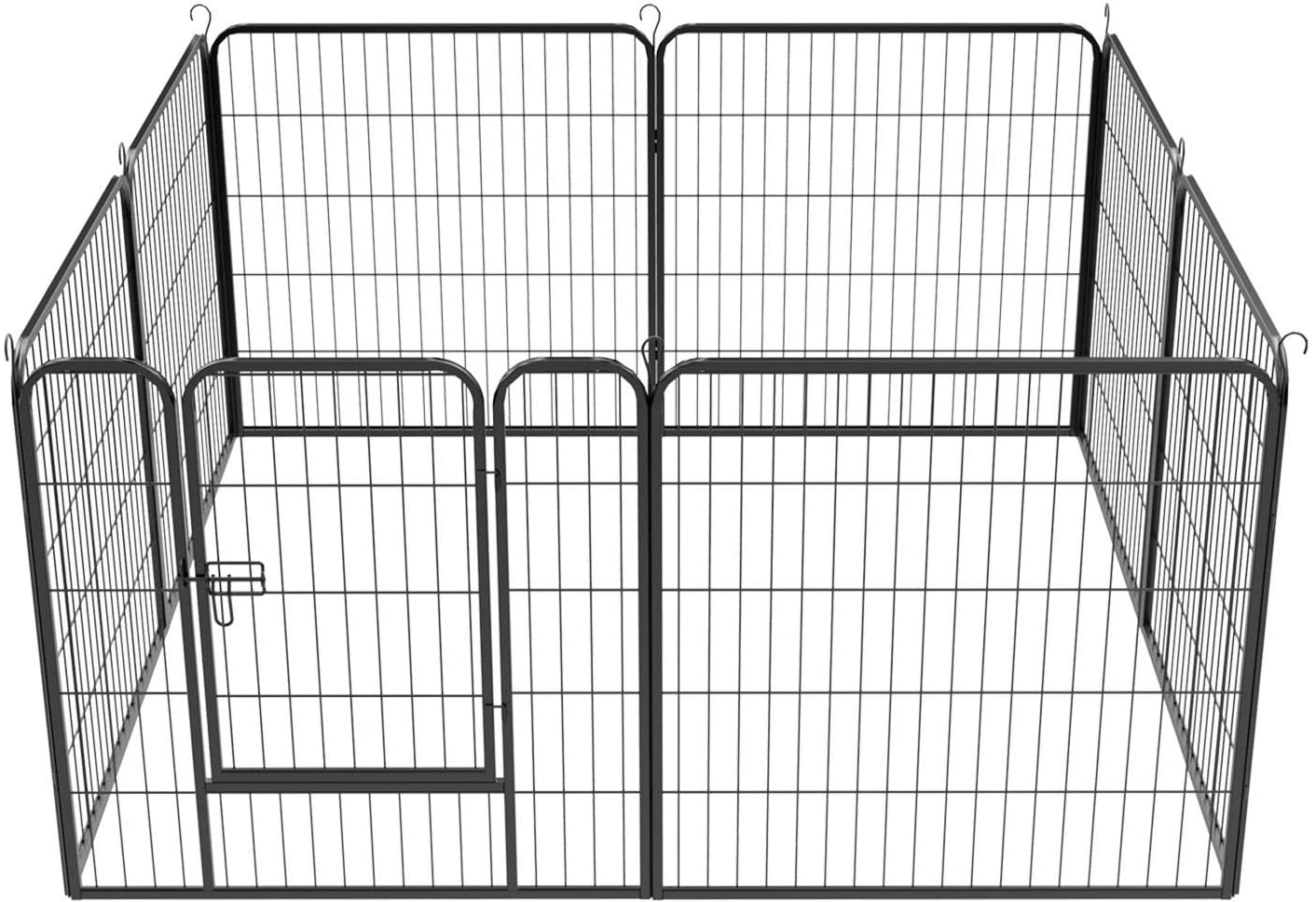
8 Panel Dog PlayPen
Yaheetech
£59.99
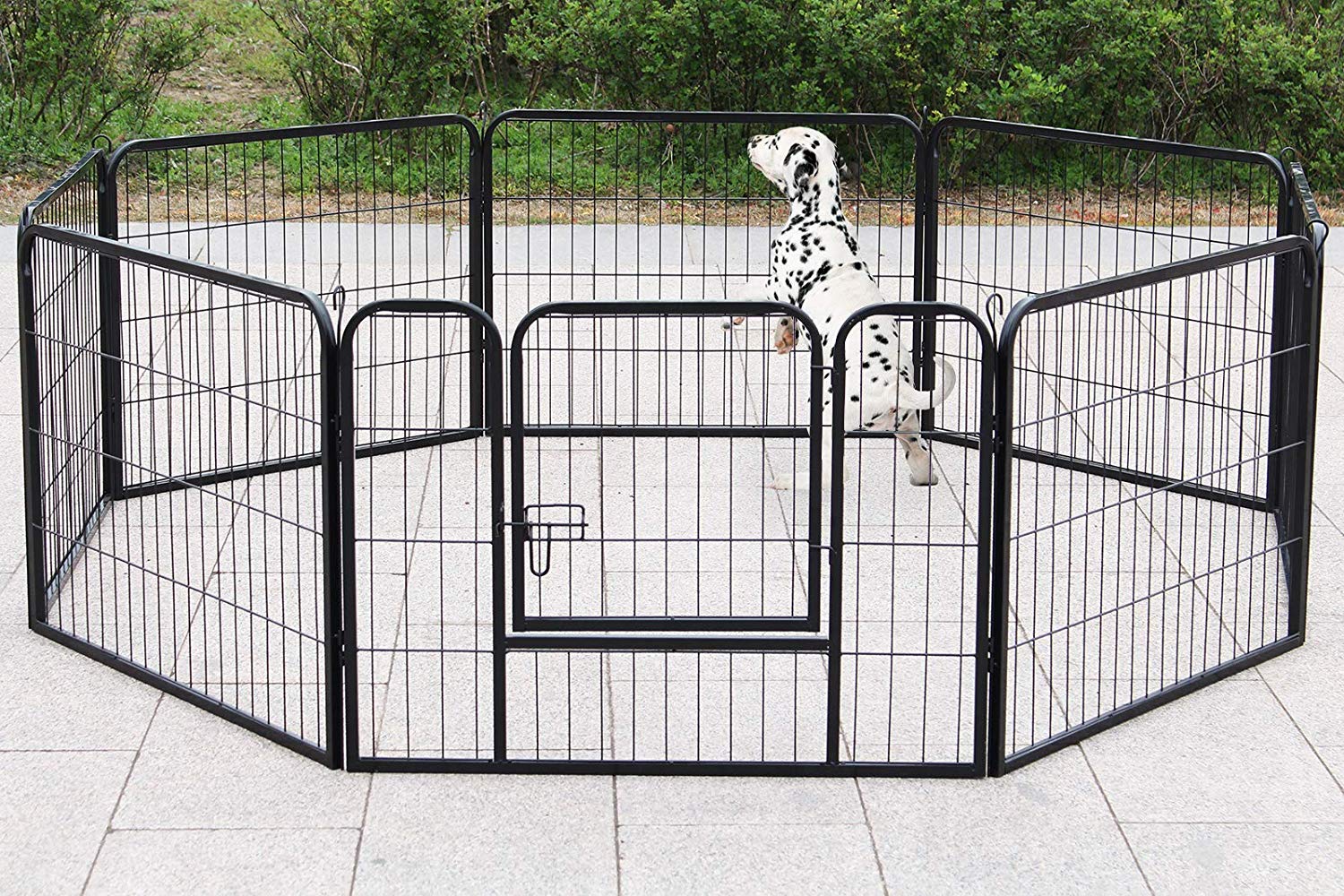
8 Panel Foldable Outdoor
Dawoo
£59.90
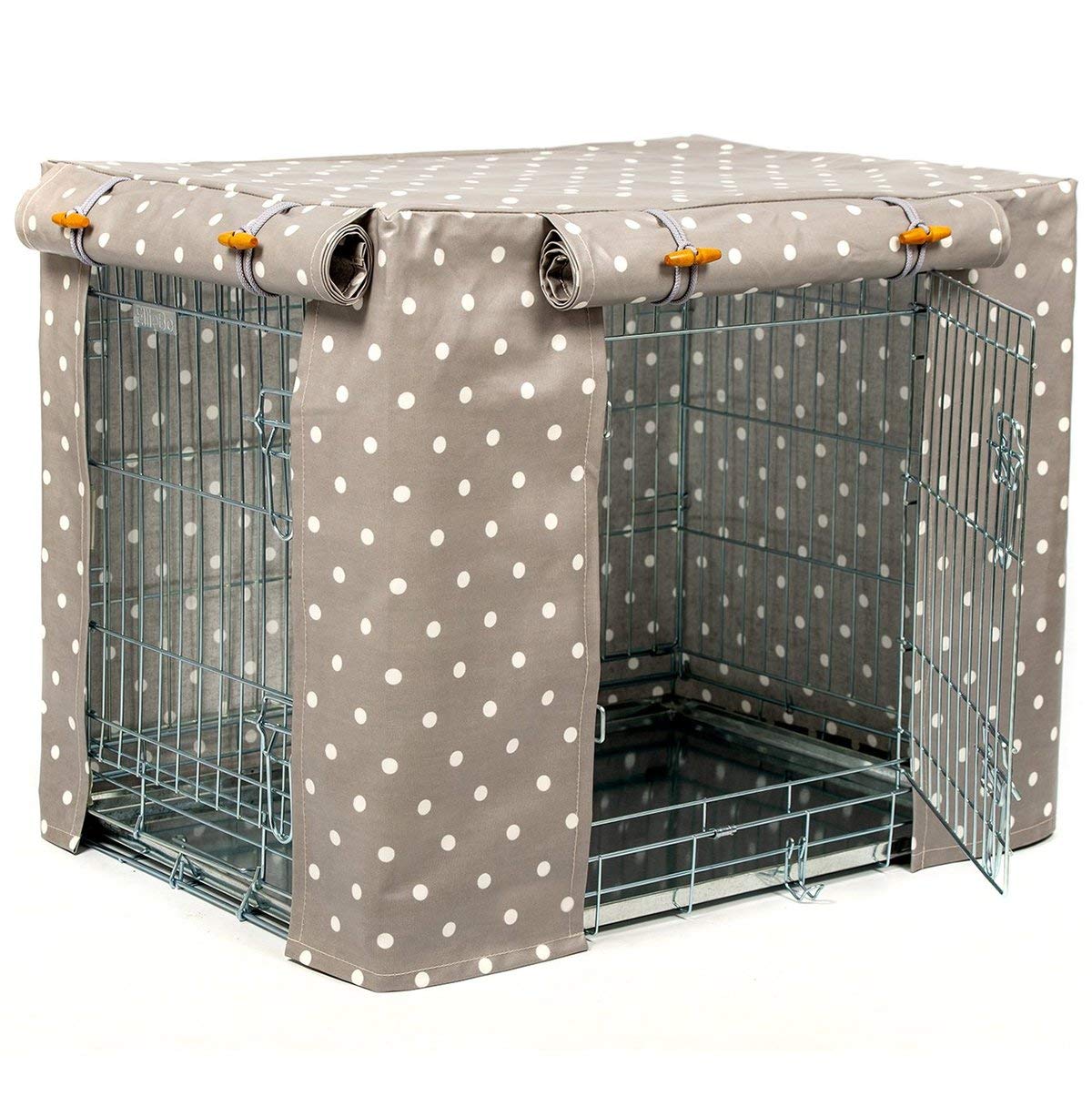
Dog Crate Cover in Oilcloth
Lords & Labradors
£85.00
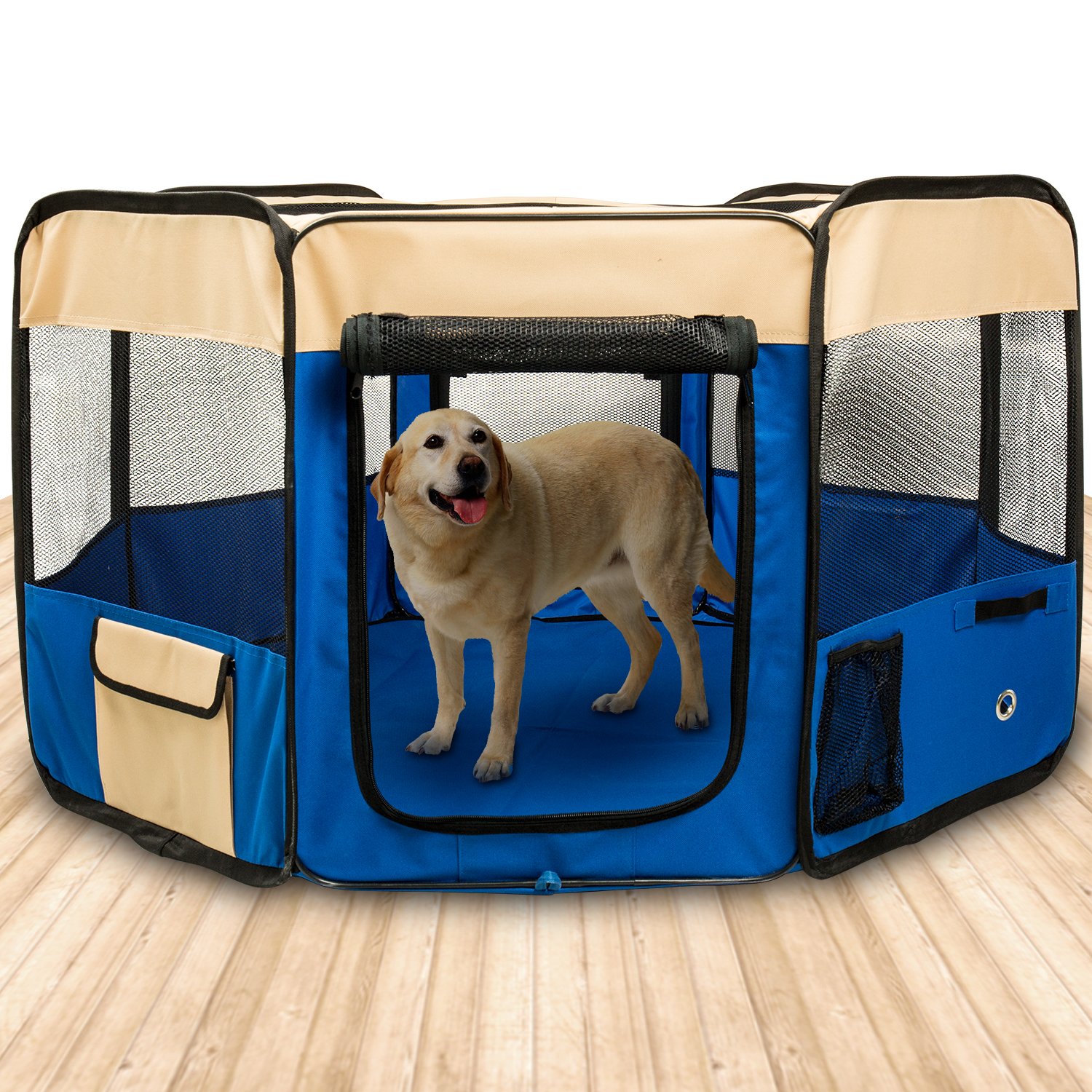
Play Pen Portable Foldable
BIGWING
£62.98
Where should I place my dog’s new den?
This will largely depend on what space you have in your home but we recommend placing it somewhere that’s not in direct sunlight nor somewhere cold and draughty. It’s usually best to have it in a place that’s close to where you and your family spend a lot of time so your dog gets used to your presence and doesn’t feel like they’re being isolated.
Tips for crate training your dog
Never use the crate as punishment
![[object Object]](https://i1.adis.ws/i/petsathome/German-Shepherd-puppy-in-crate-2.jpg?qlt=50&w=400)
Your dog’s crate should be a safe haven for them and a place they can go for comfort and some peace and quiet. It should never be a place you put them when they’ve been naughty.
Slowly introduce your pup to it
Before your dog starts to love their crate, you’ll need to get them used to the idea. This should be a slow and steady introduction, beginning with you placing it somewhere in your home where your family spends a lot of time. Keep the door open too to make it look more inviting and put some treats inside.
Stay positive and persist!
Crate training can take time so you’ll need to stay positive and be persistent. Trying to rush the process will make it more frustrating if your pet doesn’t learn properly, so you should only ever crate train in small steps.
Entice them into their crate with treats or meals
Your dog might not immediately take to their new crate. This is not unusual but it does mean that you may need to try another tactic. One of the best ones is to start feeding them their meals just outside the crate. Once they’re comfortable with this, move the bowl into the entrance and then eventually at the back of the crate.
Don’t shut them in their crate until they’re completely comfortable
Once you’ve got your pup having they’re meals inside the crate, try closing the door while they’re eating and then opening it up again as soon as they’re done. Slowly increase the time they stay in the crate by keeping them shut in it after they’ve finished their food. If they show signs of distress, immediately let them out and then try again the next day with the door closed for slightly less time.
Add toys or activity feeders to your crate
To keep your dog in the crate for longer periods of time, you’ll want to make them associate it with things they like. Placing their favourite toy or some treats in it will definitely help. You could also try attaching an activity feeder to the side to keep them entertained.
![[object Object]](https://i1.adis.ws/i/petsathome/chocolate_labrador_in_crate.jpg?qlt=50&w=400)
Gradually increase the time you leave them alone
To begin with, you should only leave your pup alone in their crate for a few minutes at a time and gradually increase this as they become more content. Eventually, you should be able to leave them inside it with the door closed for half an hour at a time providing they have something to keep them occupied.
Don’t let them out each and every time they whine
Dogs can bark or whine when they’re bored as well as when they’re distressed! Keeping them stimulated while they’re in their crate is key to them not developing bad habits. If you let them out every time they make a noise, they’ll start to realise this – this means they’ll repeat their behaviour and continue to misbehave. There are many tried and tested ways of reducing how much a dog barks. Rewarding them for good behaviour, giving them a treat when they’re quiet and still is a way of positively reinforcing their behaviour. However, giving in to their barking and giving them what they want will negatively reinforce barking, as if it’s good behaviour.
Exercise and feed them before leaving them in their crate
Once you’ve got them used to spending a longer amount of time alone in their crate, you’ll be able to leave them there while you go out. To make sure they’re completely relaxed and content, try to walk them beforehand and feed them a small meal or snack. It’s also crucial that you take them outside to use the toilet before to avoid them have an accident in their new den!
Never lock the crate for too long

You don’t want your dog to think of their crate as a prison which is why you should only ever leave them in there for a couple of hours at a time. Never shut them in their crate for a whole day as they’ll start to view it negatively. It’s best to never leave a puppy on their own for more than a few hours anyway as they have weaker bladders than adult dogs and will likely need to use the toilet more often.
Its recommended that a dog is never kept in their crate for more than three hours at a time. However, such a long staying period won’t be possible right away. For your pet to become accustom to their crate, it’s important to build up their trust and familiarity with the crate. When a god is being introduced to a crate, gradually increase the duration of their stays over time – start with 5 minutes, then 10, 20 and so on. Always avoid shutting away your dog for long periods of time.





